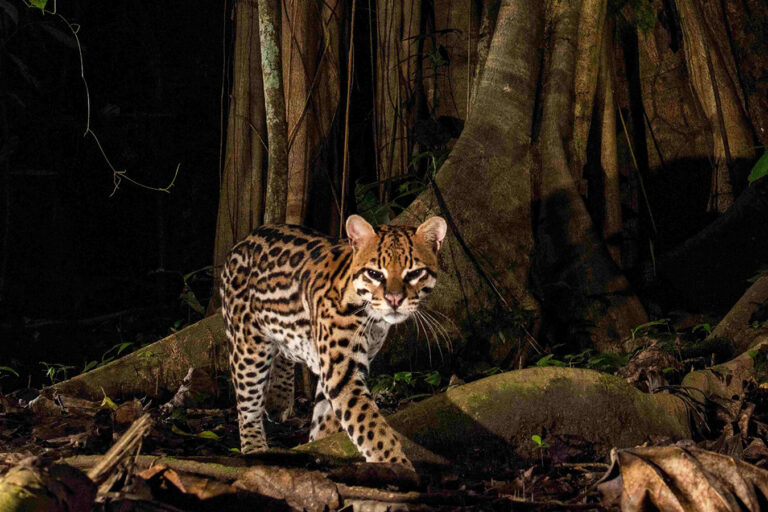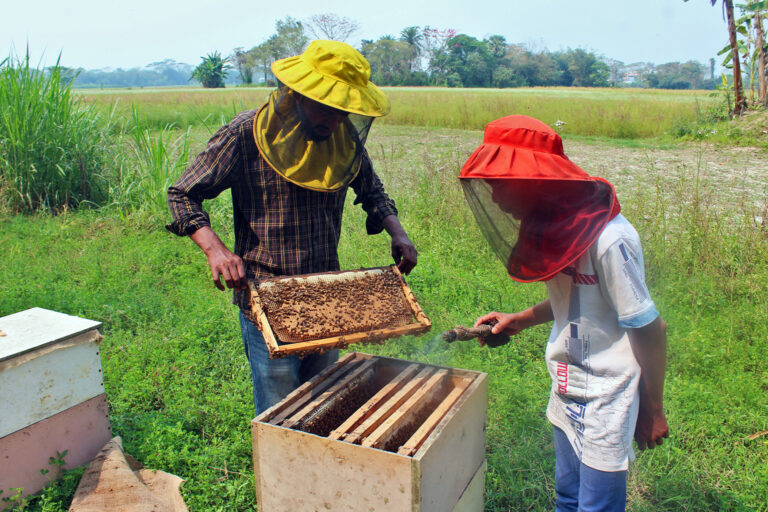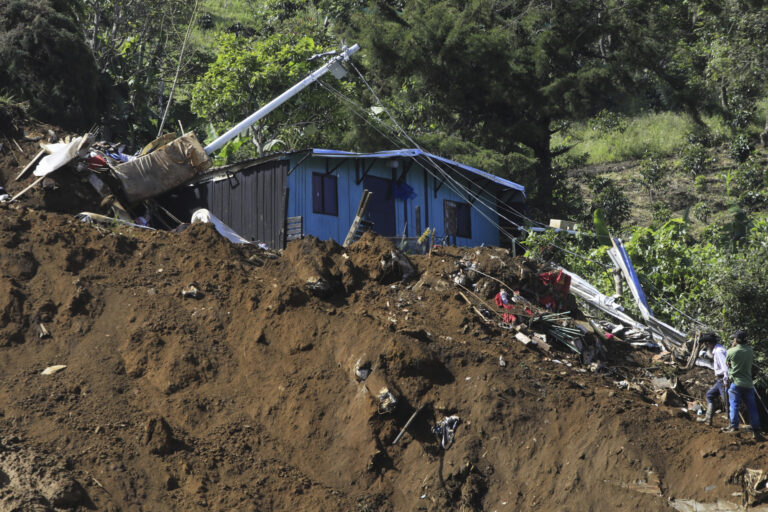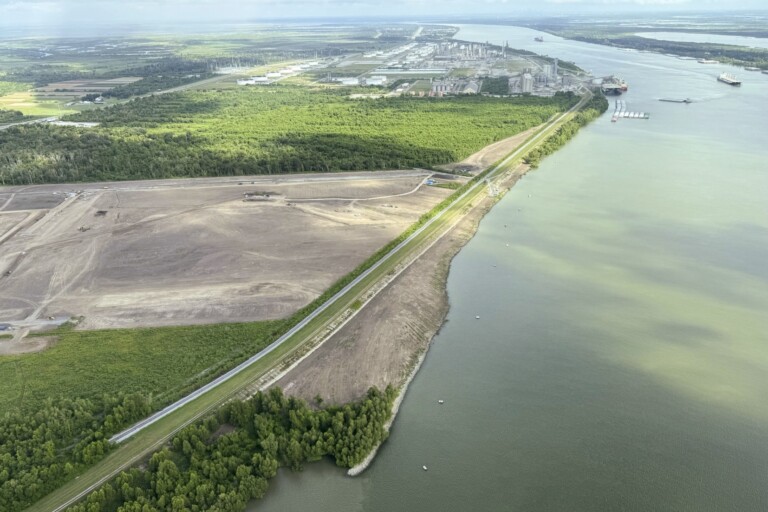In Bangladesh, disposable tableware, including plates made of areca palm leaves, is gaining popularity as a good alternative to single-use plastic during social gatherings and festival celebrations, Mongabay’s Abu Siddique reported in May.
A survey from 2018 estimates that Bangladesh used around 250 metric tons of single-use plastic tableware and straws every month. However, since the first areca palm leaf tableware producer, Bright Areca, set up business in the country in 2017, the industry has grown to about 10 local companies producing biodegradable tableware.
The industry is fairly new, though, and areca palm leaf plates are still far from fully replacing single-use plastic ones.
Imran Hossain, a partner of Bright Areca, the largest company in the space, told Siddique he estimates the industry produces around 500,000 plates a month. “My company produces about 100,000 plates in a month based on demand,” he said.
Bright Areca was inspired from businesses in India that have produced tableware from areca palm leaves at large scale since 2012, Siddique reported.
Md Kamal, director of another major areca palm tableware producer, Ecovalley, said the company produces roughly 60,000 plates per month. “We started the production in 2021 with a monthly demand of around 20,000 pieces of plates. In four years, the production [increased] threefold,” he said.
The raw material is widely available: areca palm trees (Areca catechu) are common in Bangladesh’s coastal areas, and fruit is commonly consumed in South and Southeast Asia, where it’s used in betel chewing.
While the companies in Bangladesh largely supply local supermarkets and events-related businesses, Bright Areca also started exporting to the U.S. this year.
But one concern for the businesses is that biodegradable tableware costs more than mass-produced single-use plastic ones. An areca palm leaf plate costs 9 U.S. cents, compared to 6 cents for an equivalent single-use plastic plate costs.
“Though the raw material is available in Bangladesh and can be collected at a low price, the major cost goes to electricity usage,” Kamal told Siddique. He added it costs more because each plate needs heating at high temperature to be shaped and sanitized.
The businesses say they’re hopeful, however, that they will find policy support as they make environmentally friendly products more accessible in Bangladesh.
Syeda Rizwana Hasan, an adviser to the Ministry of Environment, Forest and Climate Change, told Siddique that the government is “trying to promote the industries that are producing environment-friendly products and reducing the use of plastic.”
“The areca leaf-related industry is newer in Bangladesh, and they are in our consideration for receiving policy privileges,” she said.
In the meantime, producers are troubleshooting ways to improve operations and address challenges such as the lack of dry leaves during the monsoon season, which runs from July to September.
Read the full story by Abu Siddique here.
Banner image of food served on areca leaf and other biodegradable tableware. Image courtesy of Ecovalley BD.





